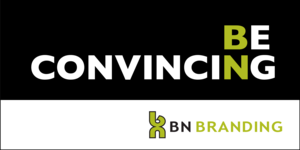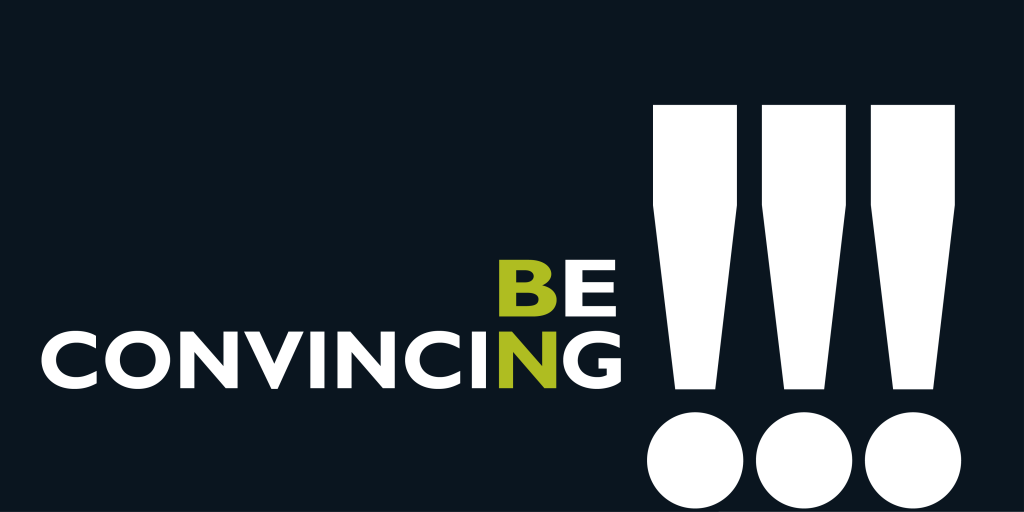![]() I think it’s human nature to add unnecessary complexity to things. But the most effective marketers do just the opposite. They reduce complexity and keep it simple. It’s the tried-and-true KISS method… Keep it simple, stupid!
I think it’s human nature to add unnecessary complexity to things. But the most effective marketers do just the opposite. They reduce complexity and keep it simple. It’s the tried-and-true KISS method… Keep it simple, stupid!

Most business owners, inventors, entrepreneurs and marketers don’t do that. They add complexity because it feels like it adds value. It gives them more to talk about… more features to tout, more bullet points for the pitch deck, more stuff to do, more hype to hype.
The problem is, it’s also human nature to crave simplicity. So in the seller’s head more is more. In the buyer’s mind less is more. Way, way, way more.
The basic need for simplicity wins every time. So if you want to succeed, simplify your marketing efforts. Make clarity your #1 goal.
In “Made To Stick” Dan and Chip Heath point to numerous studies that support the need for simplicity as a fundamental approach to business building.
Ideas that stick are inherently simple. Simple is the first and foremost letter in the Made To Stick recipe of SUCCESS: Simple. Unexpected. Concrete. Credible. Emotional.

But that’s not all. Successfully sticky ideas are also communicated simply.
“Naturally sticky ideas are stuffed full of concrete words and images,” they say. There’s nothing ambiguous or confusing about them.
As they say at StoryBrand, if you confuse, you lose.
There’s nothing confusing about the idea behind Uber… Get the app. Request a car. Follow its progress to your location. Catch a ride.
I’ll never forget the first time I used that service. It was so much easier than I imagined! But the minute they added food to the equation with Uber Eats, things began to blur.
Alan Adamson, in “Brand Simple” says “Branding is about signals – the signals people use to determine what your brand stands for… When it comes to signals, simplicity trumps everything.”
Advertising people are uniquely trained for brevity and simplicity. It’s beaten into us from day one.
We only get five words on a billboard. One idea in a 30-second TV spot or a 7-second video. Very few letters in a digital banner ad. We don’t have time for complexity. We have to pair our words down and tell the story in its most basic, emotional form.
Advertising great John Hegerty said many of Saachi & Saachi’s best TV scripts were a single paragraph. And the most memorable, most successful ad campaigns of all time were just a couple words…
 “Got Milk?”
“Got Milk?”
“Just Do It.”
“Where’s the beef?”
“Whazzup?”
So shorten up your list of marketing tactics. Sharpen your headlines. Edit mercilessly. Avoid mixed signals at all costs. Reduce, reduce, reduce.
And most of all, start with a simple, well thought-out strategy. If your strategy is complicated, everything will be complicated.
If you want to simplify your marketing, start by revisiting your strategy.
I’m a firm believer in the one page proposal and one page pitches. Any idea, any proposal, any strategy should fit easily on one page. Doesn’t matter how big the idea is, it’s not much of an idea unless you can communicate it concisely.
If your marketing strategy is 45 slides long, you better re-think it. You might not need to change the meat of your strategy, but you’ll need a simpler way to communicate it.
In “Good Strategy Bad Strategy” Richard Rumelt says “At some point, every company faces a situation where the full complexity and ambiguity of a situation is daunting. The job of any leader to to absorb a large part of that complexity and reframe it as a simpler, solvable problem.”
The best leaders are the best communicators with the best brand names.
If you’re working on a startup you’ll save yourself a lot of frustration and guesswork by thinking about your brand right up front. Not about all the product features, but about the core idea behind the brand. As Simon Sinek says, start with Why.
Why are you doing this, and what’s in it, deep down, for the your customers? Spend the time to get that down on paper. Your dream needs to be articulated in concrete terms.

Don’t just dream of all the things you could offer, also think about what you’re going to leave out.
With an established business you have to whittle away all the unnecessary fluff, hype and detail that’s been piled on over the years. Quite often that means sacrificing things that the executive team is pretty fond of.
But that’s what strategic leadership is all about… deleting all the unnecessary nonsense and getting to the core of your product, your operation, your brand.
Jim Stengel, former CMO of Proctor & Gamble, led an exhaustive study of this for his book “Grow.” What he found is the fastest growing businesses are those with the strongest, simplest brand ideals.
“A viable brand ideal cuts through the clutter and clarifies what you and your people stand for and believe. The businesses that are driven by a simple, higher ideal, a higher purpose, outperform their competition by a wide margin.”
It’s not enough to just know the core idea, you also have communicate it clearly and implement it in all facets of your operation. “The story of your brand ideal is the story of who you aspire to be as a business, and everyone must communicate that in a unified, honest and compelling way.”
Simplify your marketing by sharpening the focus and removing the clutter.
Inventors and entrepreneurs are often really bad at simplifying and communicating. Unfortunately, great ideas communicated poorly will always just be great ideas. Nothing more.
Communicating a simple, core idea is what saves prospective customers from the paralysis of indecision. When you remove all the stuff that’s unnecessary or irrelevant, you add persuasive impact and enable progress on many fronts. Both in sales and in team building
Clear focus motivates your people, attracts prospective customers and generates momentum. The clarity you’ll enjoy when you simplify your marketing efforts can be amazing.
If you need help streamlining, clarifying or tightening your marketing, please reach out via LinkedIn or my website contact page.



